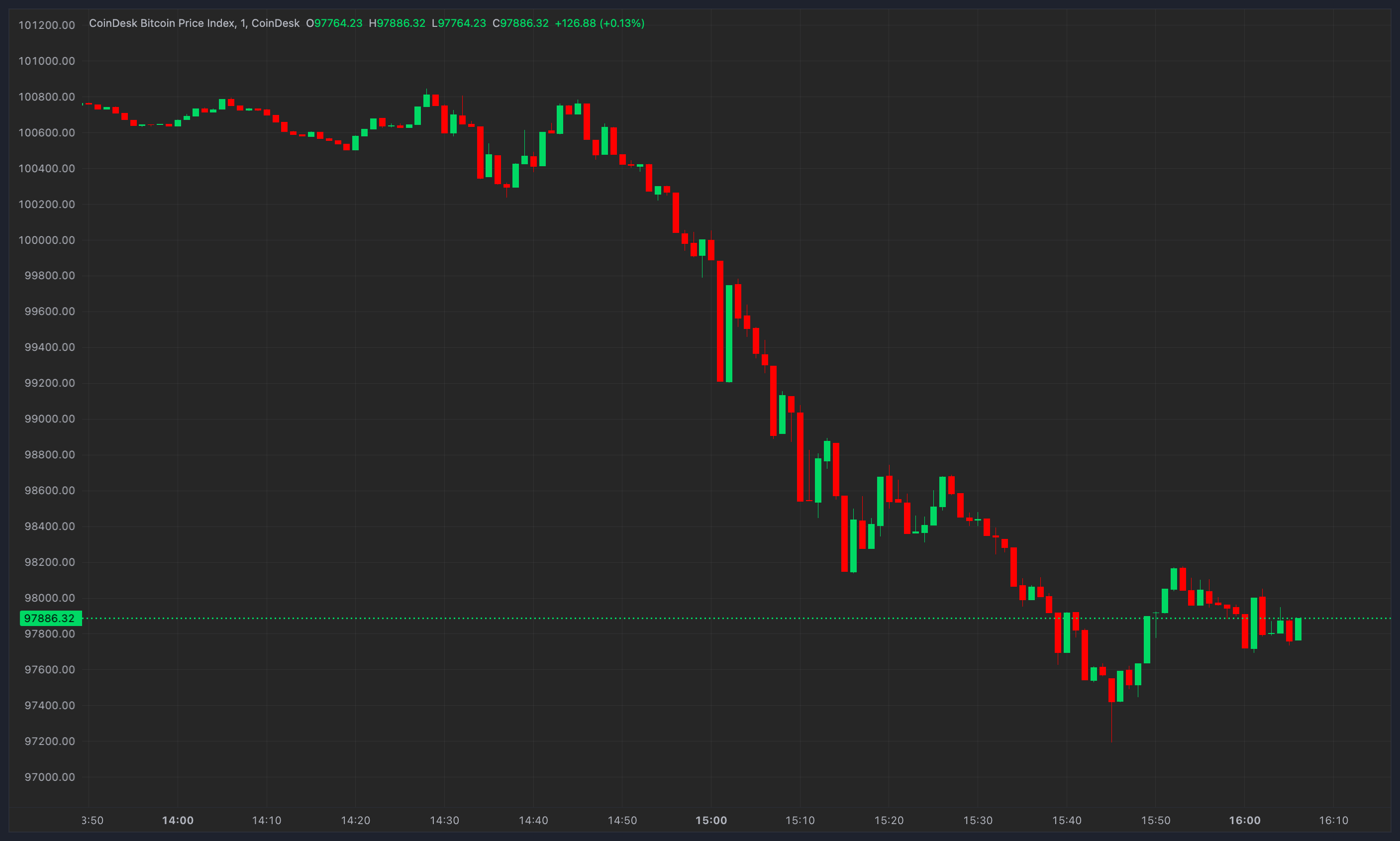Despite the volatile market, global crypto adoption has massively increased over the last few years. This is primarily because the utility of crypto and blockchain has stretched beyond conventional trading. Both centralised and decentralised platforms have come forward with unique projects that allow passive income and staking opportunities for the crypto community, thus increasing the utility of digital assets.
Yet, after popular platforms such as Celcius collapsed during the bear market and other major platforms increased their fees unprecedentedly, centralised – or CeFi – services have come under massive scrutiny. These recent events have shown that CeFi platforms massively lack trust and transparency, creating unforeseeable risks for the entire crypto community.
So, the question begs, how can we make crypto financial services more sustainable? Is it truly the time to step beyond CeFi?
Understanding the risks of CeFi
In this booming crypto financial services industry, users always tended to lean towards centralised or CeFi platforms. Why? Because CeFi platforms offer certain stability that DeFi can’t match. Fixed interest and repayment rates, flawless onboarding process, and cross-chain services are just some of the features that compel crypto users to choose CeFi platforms for services like trading, borrowing, lending, and staking.
However, the underlying risks of CeFi became evident this summer. Major platforms like Celcius declared bankruptcy and suspended all user withdrawals, while BlockFi raised deposit rates and suspended free withdrawals. Centralised platforms can control your assets and change their features without any precaution to combat losses in a bear market. So, trusting your digital assets with centralised third parties can have crippling consequences, especially when the market goes sideways.
Users should also consider the risk of bankruptcy, which is a critical threat in the crypto space. As markets can be extremely volatile, financial services in this industry can incur massive losses overnight. This prospect creates significant issues for the CeFi business model. On such platforms, only a small portion of the total assets are insured. So, if such centralised firms become bankrupt, all user funds may be lost, as we saw in the Celcius crash.
There’s also the security risk of having your accounts frozen at any time. When using centralised services, you’re fully trusting your crypto wallets to a third party, who can freeze your funds based on any incident, such as security breaches, money laundering concerns, or even platform liquidity. This is a significant drawback of such platforms compared to non-custodial DeFi services, where users can trade, lend, stake, or borrow without fear of arbitrary shutdowns.
Lastly, there’s the concern of CeFi fees not always being transparent. Many major centralised platforms hide or bundle additional fees together with transaction fees. So, transactions often become more expensive than you expect them to be.
Introducing CeDeFi – the best of both worlds
Despite the critical risks of CeFi, its positive features like ease of accessibility and stable financial cycle are critical for growing the adoption and utility of crypto. Yet, how can the crypto community overcome the daunting risks of centralised services while retaining their benefits? The answer is through CeDeFi – a combined model that accumulates the positive features of both CeFi and DeFi services.
CeDeFi bridges the gap between centralised and decentralised models. It combines the accessibility and comprehension of CeFi, with the transparency and high yield prospects of DeFi.
By transitioning to CeDeFi platforms, users can enjoy a comprehensive process of lending, borrowing, or staking their digital assets, while also enjoying full transparency and control over their funds. Like non-custodial DeFi platforms, CeDeFi lets users know how their assets are managed while keeping them informed on associated risks and rewards. This innovative approach can create a more exciting scope for users and, at the same time, minimise the risks.
How does CeDeFi work?
To understand the core mechanism of CeDeFi better, we can look at the case of Midas Investment, which utilises this hybrid model. The platform uses DeFi algorithms as basic blocks to keep funds transparent and provide viable risk projections. The CeFi layer is applied on top of these algorithms to keep the conventional process of yield generation intact.
Keeping the centralised layer intact allows Midas to offer a seamless user experience. This innovative model helped Midas Investments to raise almost US$6mn after release from more than 1,500 users, showing great user interest in the new CeDeFi space.
The hybrid CeDeFi model allows users to effectively navigate around the potential risks of the crypto market and attain attractive financial services without sacrificing transparency and accessibility. Such solutions introduce flexible investment opportunities for the entire crypto community, where users can choose the strategy closest aligned with their investment philosophies. Thus, investors can maintain resilient portfolios even through different market cycles, whether bullish or bearish.
Going forward, CeDeFi has the potential to replace conventional centralised and decentralised services in the crypto space and promote greater adoption of cryptocurrencies as utility assets. However, the ongoing risks of breaches and scams remain high in this sector. So, users must always remain cautious and use only those services that are well accepted by the entire industry.
About the author: Iakov Levin is CEO and Founder of Midas Investments, a crypto investing platform. He has over five years’ experience in delivering technically complex projects with a focus on blockchain, crypto, fintech, DeFi, and CeDeFi. He is based in Tel Aviv.
Read More: fintechmagazine.com









 Bitcoin
Bitcoin  Ethereum
Ethereum  Tether
Tether  XRP
XRP  Solana
Solana  Dogecoin
Dogecoin  USDC
USDC  Cardano
Cardano  Lido Staked Ether
Lido Staked Ether  TRON
TRON  Avalanche
Avalanche  Sui
Sui  Wrapped stETH
Wrapped stETH  Toncoin
Toncoin  Chainlink
Chainlink  Shiba Inu
Shiba Inu  Stellar
Stellar  Wrapped Bitcoin
Wrapped Bitcoin  Hedera
Hedera  Polkadot
Polkadot  WETH
WETH  Bitcoin Cash
Bitcoin Cash  LEO Token
LEO Token  Uniswap
Uniswap  Hyperliquid
Hyperliquid  Pepe
Pepe  Litecoin
Litecoin  Wrapped eETH
Wrapped eETH  NEAR Protocol
NEAR Protocol  Ethena USDe
Ethena USDe  USDS
USDS  Aptos
Aptos  Internet Computer
Internet Computer  Aave
Aave  Render
Render  Mantle
Mantle  Bittensor
Bittensor  Cronos
Cronos  POL (ex-MATIC)
POL (ex-MATIC)  Ethereum Classic
Ethereum Classic  Virtuals Protocol
Virtuals Protocol  WhiteBIT Coin
WhiteBIT Coin  Artificial Superintelligence Alliance
Artificial Superintelligence Alliance  Tokenize Xchange
Tokenize Xchange  MANTRA
MANTRA  Monero
Monero  Arbitrum
Arbitrum